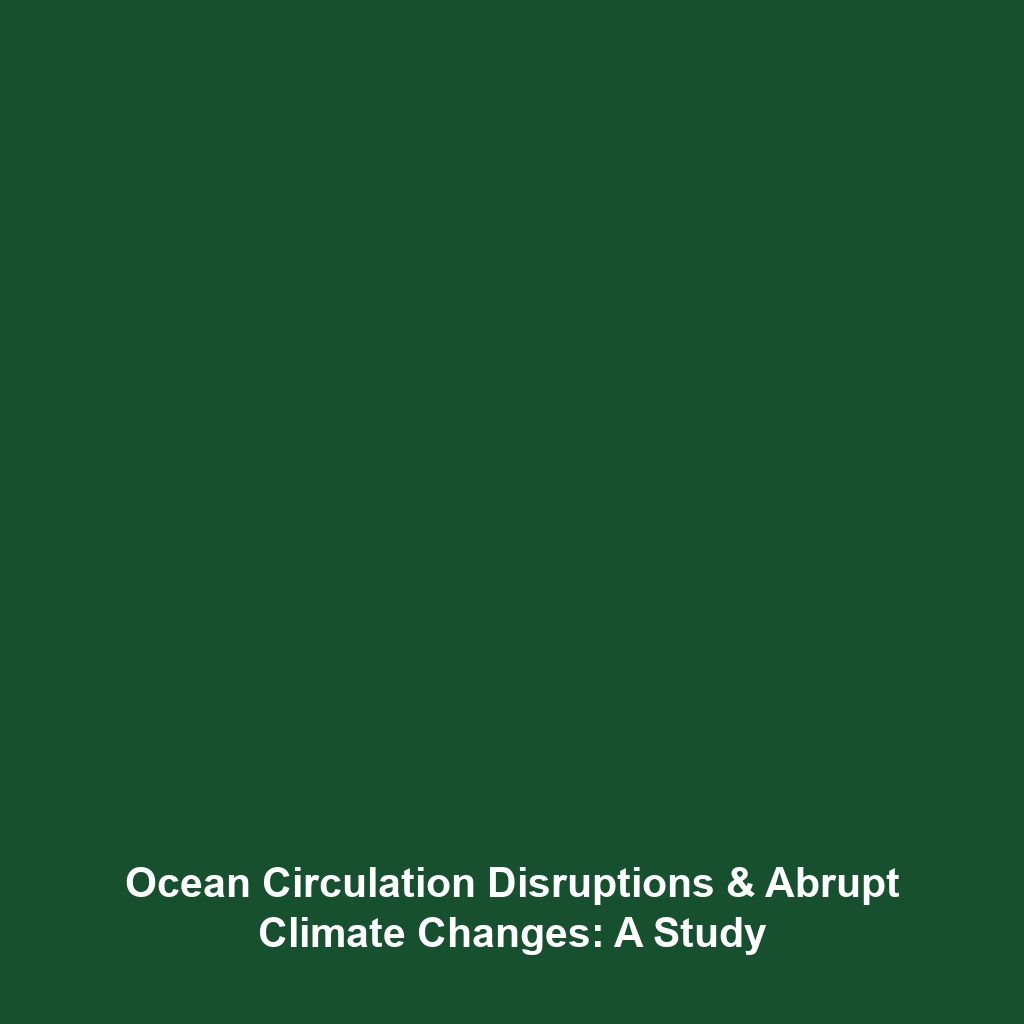Applications: Mobile Devices, IoT, and Secure Messaging Systems in Cryptography
In today’s interconnected world, the role of cryptography in ensuring data security is of paramount importance. With the proliferation of mobile devices, the Internet of Things (IoT), and secure messaging systems, cryptography has become an essential component in safeguarding sensitive information. This article delves into the applications of cryptography across these domains, highlighting their significance and interrelatedness. As users increasingly rely on cryptographic applications, understanding how these technologies secure communications is crucial.
Key Concepts
To grasp the significance of cryptography in mobile devices, IoT, and secure messaging systems, it’s essential to understand a few key concepts:
1. Encryption and Decryption
At the heart of cryptography are the processes of encryption and decryption. Encryption transforms readable data into an encoded format, while decryption reverses this process, allowing authorized users to access the original information.
2. Public Key Infrastructure (PKI)
PKI plays a critical role in enabling secure communications through the use of public and private keys. This framework is essential for mobile devices and IoT devices to authenticate and establish secure connections.
3. Secure Messaging Protocols
Various secure messaging protocols, such as Signal Protocol and OTR (Off-the-Record), leverage cryptographic methods to ensure privacy and data integrity in messaging systems.
Applications and Real-World Uses
The integration of cryptography in mobile devices, IoT, and secure messaging systems manifests in numerous practical applications:
- End-to-end Encryption in Messaging Apps: Applications such as WhatsApp and Signal utilize end-to-end encryption, ensuring that only the intended recipients can read messages.
- Secure IoT Devices: Smart home devices rely on cryptographic protocols to protect user data and secure communication channels from unauthorized access.
- Mobile Banking Security: Cryptographic techniques safeguard transactions and personal financial data on mobile banking applications, ensuring user trust and compliance with regulatory standards.
Current Challenges
Despite the advancements in cryptographic applications, there are several challenges that persist:
- Vulnerability to Cyber Attacks: Although cryptography enhances security, mobile devices and IoT are still vulnerable to sophisticated attacks.
- Resource Limitations: Many IoT devices have limited processing power, making it difficult to implement robust cryptographic measures.
- User Awareness: Lack of knowledge regarding the importance of cryptography leads to poor security practices among users.
Future Research and Innovations
Looking ahead, ongoing research and innovations promise to enhance the role of cryptography in mobile devices, IoT, and secure messaging systems:
- Quantum Cryptography: This emerging technology offers unprecedented levels of security by leveraging quantum mechanics principles.
- Blockchain Technology: The integration of blockchain can enhance data integrity and security in various applications of cryptography.
- Adaptive Cryptographic Algorithms: Future advancements aim to create algorithms that adapt to the varying computational capabilities of devices, especially in the IoT landscape.
Conclusion
In conclusion, the applications of cryptography within mobile devices, IoT, and secure messaging systems are vital for maintaining data security in our increasingly digital world. As technology evolves, the need for robust encryption methods and secure communication channels will continue to grow. It is essential to keep abreast of ongoing developments and understand how they can be incorporated into future systems. For further reading on the subject, explore our articles on Mobile Device Security and IoT Security Challenges.









